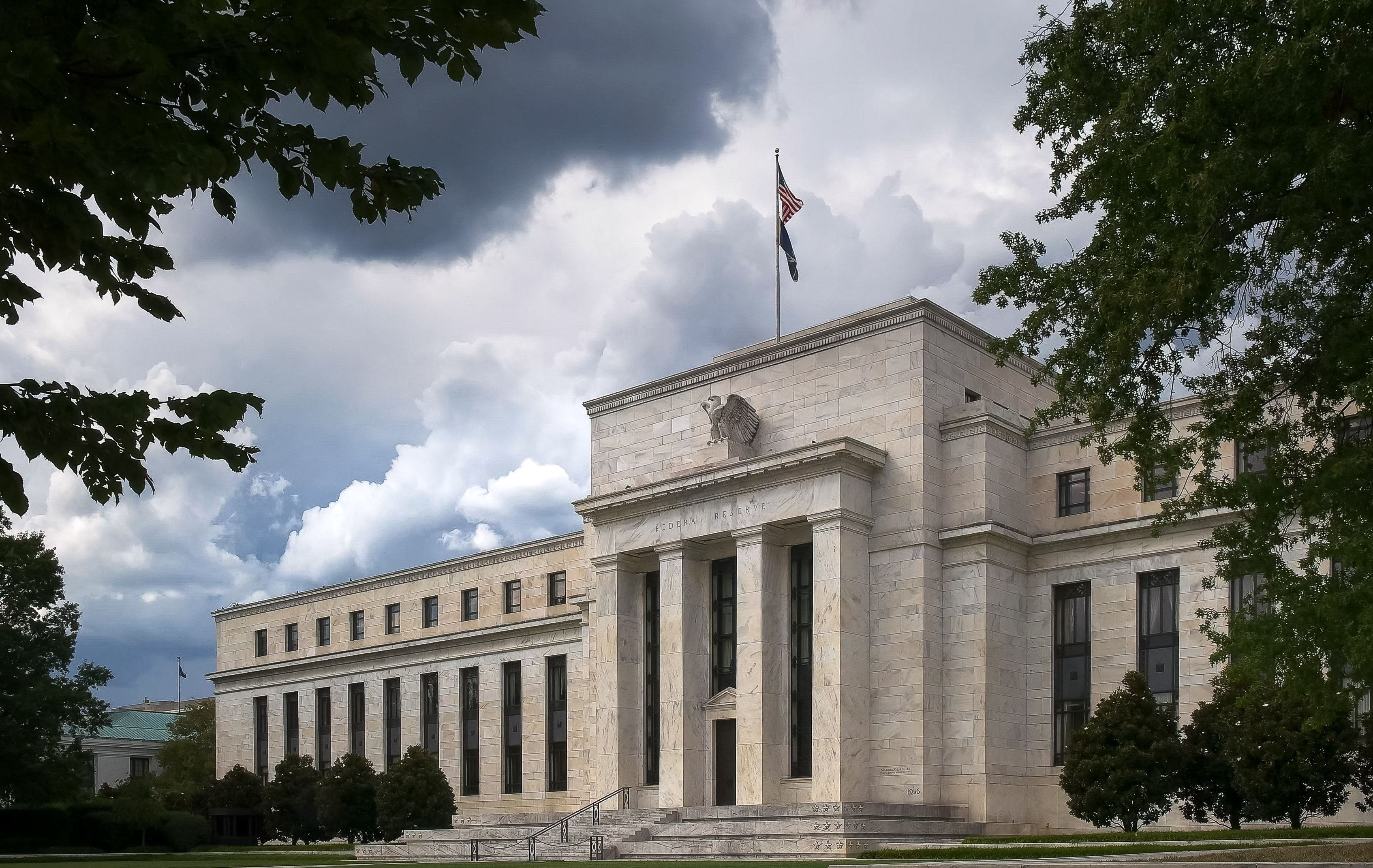Don't Sell This Bull Market Short
Staying away because of high stock prices risks missing gains.


Several clients have asked me recently whether they should sell some stock funds. “Isn't the market too high?” they ask. No question, the market is richly priced today, although by some measures it’s not as expensive as many individual investors think. Moreover, valuation isn’t everything—in fact, as a market-timing strategy, it’s awful.
Let’s look at the factors supporting this market and then address the risks. Start with the breadth of the advance.
When investors are confident about stocks, they tend to spread their bets among a wide variety of stocks, including riskier small-company stocks and stocks that rise and fall with the economy’s ups and downs. On that score, the market looks very strong today. The current bull market advance has been quite broad, with most stocks participating.
From just $107.88 $24.99 for Kiplinger Personal Finance
Become a smarter, better informed investor. Subscribe from just $107.88 $24.99, plus get up to 4 Special Issues

Sign up for Kiplinger’s Free Newsletters
Profit and prosper with the best of expert advice on investing, taxes, retirement, personal finance and more - straight to your e-mail.
Profit and prosper with the best of expert advice - straight to your e-mail.
“At bull market tops, you have narrowing,” says Doug Ramsey, chief investment officer at the Leuthold Group, a Minneapolis-based investment research firm. The number of advancing stocks tends to fall, and investors cluster in a relative handful of stocks, usually blue chips. Small caps and mid caps lag, and stocks in the more economically sensitive Dow Jones Transportation Average fall behind stocks in the bluer-chip Industrial Average. We haven’t seen any of that kind of weakness yet.
The last time a bear market began without the telltale narrowing in rising stocks was in 1946. Don’t bet on it happening again anytime soon.
And the economy looks healthy. Bear markets typically start several months before recessions begin. Right now, the economy’s forward-looking indicators remain strong. The Conference Board’s Leading Economic Index chalked up its 10th consecutive increase in June. The leading economic indicators, although hardly infallible, are fairly good at predicting whether the economy will continue expanding in the coming months. To be sure, some other recent indicators, such as housing starts, do show some weakening. These are worth watching, but for now, they aren’t a big worry.
At eight years and counting, the current bull market is one of the longest in history. But the bull may not be as old as it looks. A bear market is generally defined as a 20% decline in the major indexes. Standard & Poor’s 500-stock index plunged 19.4% in 2011 before recovering. That’s close enough for me. Had the S&P 500 notched a further decline of 0.6-percentage point back then––essentially one more lackluster day–– we’d be talking about a bull market that isn’t much more than five years old.
What about valuation? The S&P 500 currently trades at 19.9 times operating earnings for S&P companies over the past 12 months. The index’s median price-earnings ratio since 1988 is 17.3. To get down to that median level, the S&P would have to fall 13%. That would be no fun, but it wouldn’t be a bear market.
Operating earnings are often rightly derided as “earnings before bad stuff.” Companies typically exclude from operating earnings taxes and interest, as well as the costs of stock options, mergers and acquisitions, and other “one-time” charges.
That’s not the case with earnings computed according to generally accepted accounting principles, so-called GAAP earnings. These include “bad stuff” (as well as one-time windfalls). On a GAAP measure, the S&P currently trades at 23.1 times earnings for the past 12 months. Its median P/E since 1988 is 20.7. A market decline of just 10% would bring the current P/E in line with that average.
But if you look back further, the picture darkens. Since 1946, the median P/E on GAAP earnings was 16.7. It would take a plunge of 28% in the S&P to bring stocks down to the median level of valuation. Ouch!
The numbers get even scarier when you look at “normalized earnings”—earnings averaged over five or 10 years to smooth out cyclical swings. The Shiller CAPE P/E, which looks at GAAP earnings averaged over the past 10 years and adjusted for inflation, currently reads an eye-popping 30. Since 1880, it has averaged 16.7. That would imply a plunge of 44% in the S&P to bring it down to the average.
But hold on: Had you invested only when the Shiller P/E was below its long-term average, you would have been out of stocks since the early 1990s, except for a brief period at the bottom of the 2008 financial crisis. As a timing tool, normalized earnings stink.
Sam Stovall, chief investment officer of CFRA Research, is one of many market watchers who point to low interest rates as a justification for the current high P/Es. With yields so low, bonds offer scant competition for investment dollars, so people are willing to pay up for stocks. It’s also very cheap for companies to borrow to fund growth, boosting the earnings part of the equation.
Anyway, comparing today’s P/Es with those in the past might be misleading, says Jim Paulsen, chief investment strategist at Leuthold. He wonders if some of the pre-1988 P/Es are relevant today. The U.S. economy has evolved from a primarily industrial economy to a mainly service economy. Says Paulsen: “Wouldn’t you pay a higher P/E multiple for a steady-Eddy, predictable services company than you would for a highly cyclical industrial stock?”
What should worried investors do? Stay the course--for now. The market is overvalued, but by how much depends on what measures you examine. With leading economic indicators strong, the market itself advancing broadly and the Federal Reserve proceeding cautiously in raising interest rates, it’s difficult to see a bear market coming anytime soon. But keep your eyes open. Even in the best of markets, a bear is always lurking.
Steve Goldberg is an investment adviser in the Washington, D.C., area.
TAKE THE QUIZ: Test Your Bull Market IQ
Profit and prosper with the best of Kiplinger's advice on investing, taxes, retirement, personal finance and much more. Delivered daily. Enter your email in the box and click Sign Me Up.

-
 Dow Hits New High Then Falls 466 Points: Stock Market Today
Dow Hits New High Then Falls 466 Points: Stock Market TodayThe Nasdaq Composite, with a little help from tech's friends, rises to within 300 points of its own new all-time high.
-
 The Best Vanguard Bond Funds to Buy
The Best Vanguard Bond Funds to BuyInvestors seeking the best Vanguard bond funds can pick between mutual funds and ETFs spanning maturities, credit qualities, tax treatment and geographies.
-
 Are You Afraid of an IRS Audit? 8 Ways to Beat Tax Audit Anxiety
Are You Afraid of an IRS Audit? 8 Ways to Beat Tax Audit AnxietyTax Season Tax audit anxiety is like a wild beast. Here’s how you can help tame it.
-
 What the Rich Know About Investing That You Don't
What the Rich Know About Investing That You Don'tPeople like Warren Buffett become people like Warren Buffett by following basic rules and being disciplined. Here's how to accumulate real wealth.
-
 How to Invest for Rising Data Integrity Risk
How to Invest for Rising Data Integrity RiskAmid a broad assault on venerable institutions, President Trump has targeted agencies responsible for data critical to markets. How should investors respond?
-
 What Tariffs Mean for Your Sector Exposure
What Tariffs Mean for Your Sector ExposureNew, higher and changing tariffs will ripple through the economy and into share prices for many quarters to come.
-
 How to Invest for Fall Rate Cuts by the Fed
How to Invest for Fall Rate Cuts by the FedThe probability the Fed cuts interest rates by 25 basis points in October is now greater than 90%.
-
 Are Buffett and Berkshire About to Bail on Kraft Heinz Stock?
Are Buffett and Berkshire About to Bail on Kraft Heinz Stock?Warren Buffett and Berkshire Hathaway own a lot of Kraft Heinz stock, so what happens when they decide to sell KHC?
-
 How the Stock Market Performed in the First 6 Months of Trump's Second Term
How the Stock Market Performed in the First 6 Months of Trump's Second TermSix months after President Donald Trump's inauguration, take a look at how the stock market has performed.
-
 Fed Leaves Rates Unchanged: What the Experts Are Saying
Fed Leaves Rates Unchanged: What the Experts Are SayingFederal Reserve As widely expected, the Federal Open Market Committee took a 'wait-and-see' approach toward borrowing costs.
-
 Fed Sees Fewer Rate Cuts in 2025: What the Experts Are Saying
Fed Sees Fewer Rate Cuts in 2025: What the Experts Are SayingFederal Reserve The Federal Reserve cut interest rates as expected, but the future path of borrowing costs became more opaque.